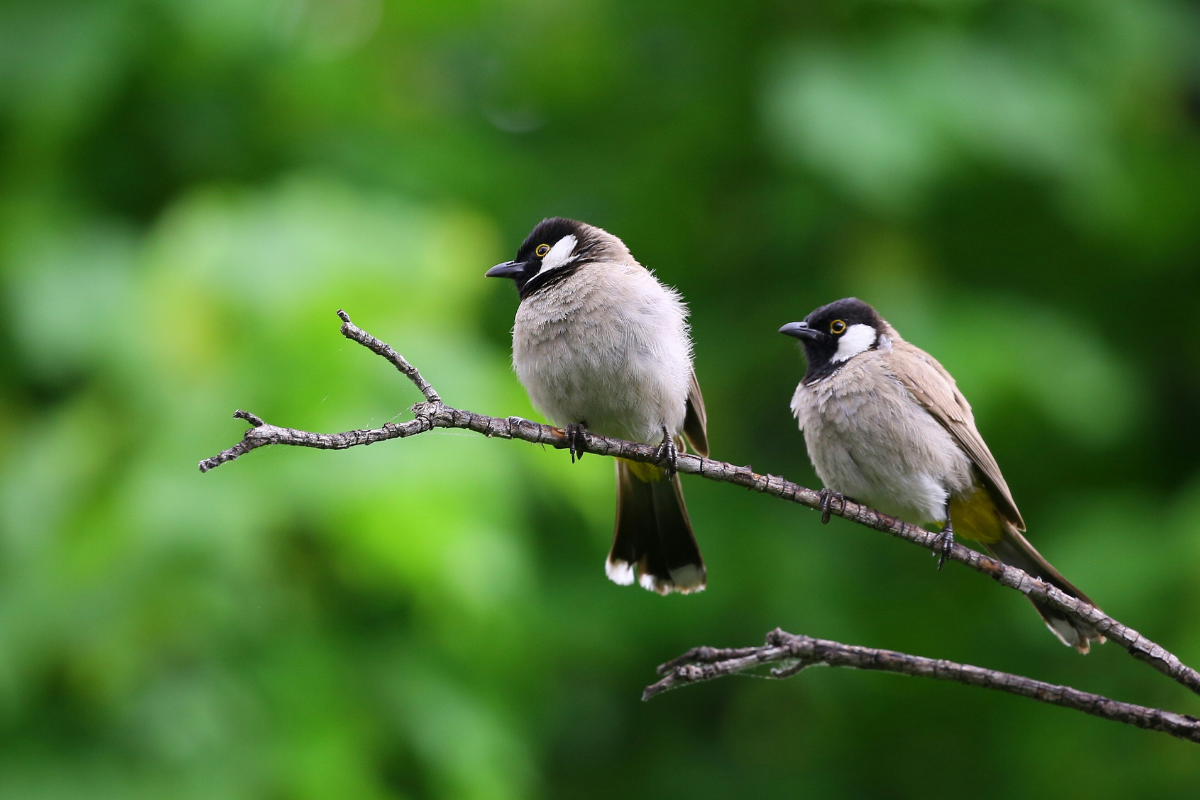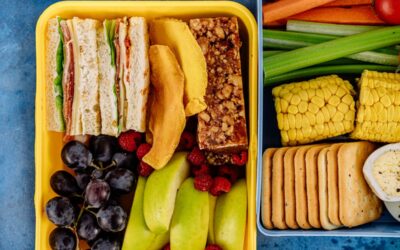As studies around the world reveal the bird population is decreasing from forest degradation, many birdwatchers are looking for solutions. One way is turning yards into habitats. Erin Dykstra, a birdwatcher for 20 years and owner of Edmonton’s Wild Birds Unlimited, shares how the proper food, shelter, water and a pesticide-free space can turn your backyard into a haven for birds.
Providing the right food
“Planting native plants, like trees and shrubs that are local to this area, produce food for birds in this area,” said Dykstra. She explains that high-quality bird food can also be given to supplement the trees. But she cautions against certain bird foods since they can be full of sugar and “junky.” Quality food includes seeds without shells, no added fragrances and good fats, proteins and carbohydrates.
“Actually, studies have shown that [quality food] helps birds throughout the winter, it helps them with nesting success, it helps them with winter survival rates,” she said.
Setting out clean water
When it comes to water, Dykstra recommends a bird bath or a little pond in the backyard. Not only do birds need drinking water, but they need it for bathing. The Royal Society for the Protection of Birds claims birds require clean water for bathing in both the winter and summer months too. Bathing rids their feathers of debris, aids in preening (when a bird uses its beak to groom its feathers) and waterproofs their feathers.
Growing local trees
Not only do trees and shrubs provide food (like sap, nuts and insects in the bark), but they lend opportunity for mating and shelter. Habitats are shrinking for birds but growing “native trees and shrubs [in the backyard]—they really love that,” said Dykstra. The main takeaway is that not all birds equate trees the same. Birds prefer local, native trees and shrubs over the young, unfamiliar. The American Bird Conservancy claims it’s because “delicious bugs hide in the bark of local, older trees.”
According to Miracle Gro, “birds hide out in different canopy layers. That’s why having a mixture of trees, shrubs, vines and tall grasses provides optimal shelter.”
Creating a pesticide-free environment
According to the Canadian Wildlife Federation, birds, which don’t necessarily read warning labels on bottles, often mistake chemicals for food or drink and “absorb poisons through the feet.” Many people are also unaware of how paints, disinfectants and wood preservatives are harmful pesticides to birds. Dykstra recommends maintaining a clean, pesticide-free yard for those wanting more birds cruising around.
By integrating these four elements (nutritious food, water, shelter and a pesticide-free environment), Dykstra assures you “can make a habitat for birds in your yard…We have many customers who have seen birds they’ve never ordinarily seen in the city but are coming to their yard.” Now for a pair of binoculars and the joys of vocal trills from overhead.





